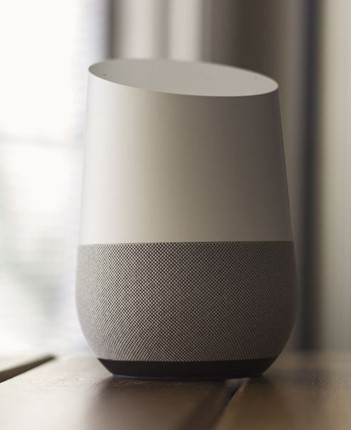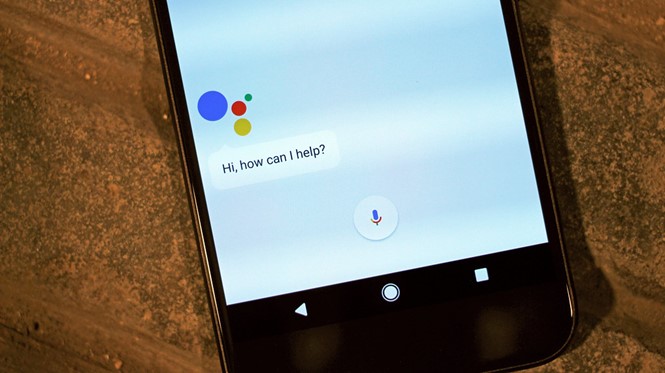#GoogleMarketingLive2019
Google kicked off its latest Google Marketing Live 2019 showcase with a 2 hours seminar showing off some of the latest innovations, tools products that it will be making available for Digital Marketers in the coming year.
Posted Monday, July 8, 2019

We will be covering some of the core tools, product launches and more in separate dedicated blogs (This is because there was so much on show).
Senior Vice President and Chief Business Officer Philip Schindler kicked off the keynote by talking about some of the current evolutions in technology and the ways it is changing how we interact with the online space. The first challenge is thinking about evolving, current and new technologies and how the input-output process is delivering results. A prime example of this is using a smart speaker to verbally search for something using Google search and having the visual results displayed on the nearest suitable smart screen. This would be an alternative to having the smart speaker read an audio description of the product back to the user.

With a more powerful machine learning process at the core of Google, it is able to anticipate and determine the best output for the user. Another example is using a mobile device to search for a car. The result returns the various cars that you searched for but also present a 3D that can be placed in the real world using augmented reality. You can then see how the vehicle would look on your drive and explore features and more. So, the challenge for creatives and marketers publishing ad campaigns on Google is to think more about providing high quality and exceptional personalised user experience.

In terms of digital assistants, it has become a more natural experience and continued to see growth with over 1 billion mobile devices now featuring a digital assistant. What’s more, the advice from Google is to stay close to mobile and its evolution given that it remains the number one platform for consumer engagement. Google revealed that trillions of searches take place every year on Google with over half of them coming directly from mobile.
Moving on to Google's core development, machine learning has seen exponential growth. Google has been developing a brand new neural network architecture alongside enhancing cloud computing capabilities. Combining both of these with on-device hardware has seen machine learning rapidly develop. The first version of Google Assistant struggled to deliver results and was limited to answering only a few key queries in a limited capacity. The same can be said of smartphone cameras struggling to identify objects properly.

The introduction of Google Lens and machine learning means that any smartphone camera can now scan and recognise an object and deliver the all relevant information back to the user in real-time. It can also translate object such as signs and more into native languages as well as utilising the new machine learning abilities.
Not only is this a revolution for mobile users but marketers and retailers can benefit from these advancements. For marketers, they are able to gather a lot more insights data and analytics so they can adjust quicker and more dynamically to users’ preferences. They can also utilise new tools and experience enhancements made possible through machine learning.

The final element of Googles 3 step revolution/evolution key points focuses on users’ privacy. Google is not only improving user’s ability to control their privacy and data but it finding ways of ensuring that machine learnings are not lost and the user still benefits. One of the ways this occurs is via federated learning running directly on device ensuring that data is stored and kept private directly on the device running it. The new machine learning enhancements to various Google Ads tools (we will cover this more on other blogs) ensure that privacy is still respected but ads can still be delivered and marketeers and users still remain part of the vital ecosystem.
Google has simplified its explanations too by breaking down the new products, enhancements, tool and more into impacted areas. This covers Insight, management, creative and the biggest impacted area is the measurement. The opening of the keynote highlights the vital areas that marketers need to consider for 2019.
We will be bringing you more details on the key developments, products and more that were unveiled during the keynote addresses in future blogs.